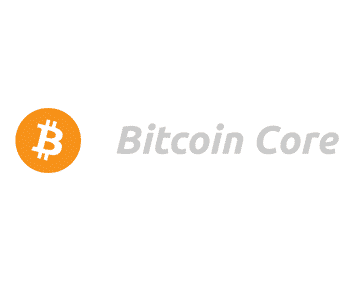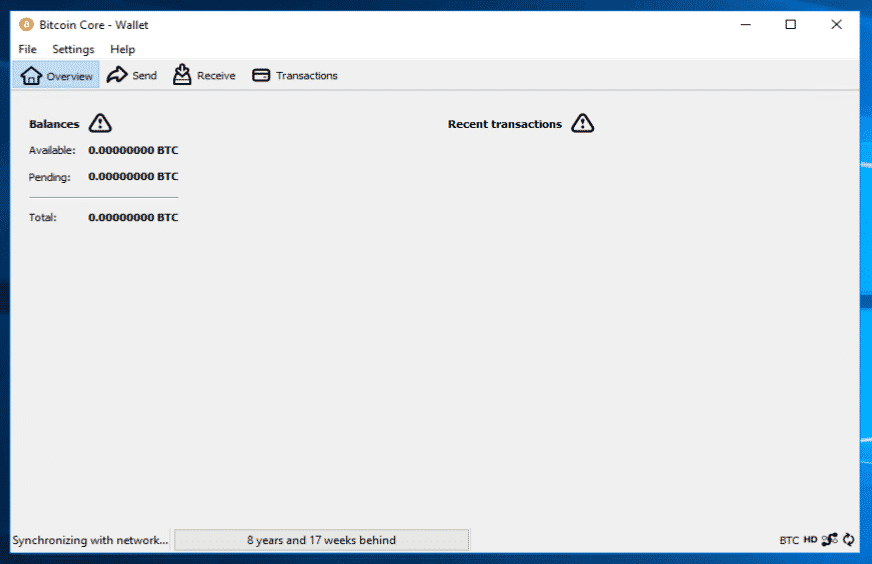

- #Bitcoin core crypto wallets full
- #Bitcoin core crypto wallets verification
- #Bitcoin core crypto wallets software
It included a Linux version for the first time and made use of multi-core processors for mining. On 16 December 2009 Bitcoin 0.2 was released. This was followed by some minor bug fixing versions. Version Historyīitcoin 0.1 was released on 9 January 2009 by Satoshi Nakamoto with only Windows supported. Andresen left the role of lead developer for bitcoin to work on the strategic development of its technology.
#Bitcoin core crypto wallets software
Gavin Andresen was the former lead maintainer for the software client.

van der Laan, who took over the role on 8 April 2014. The original creator of the bitcoin client has described their approach to the software's authorship as it being written first to prove to themselves that the concept of purely peer-to-peer electronic cash was valid and that a paper with solutions could be written. Looping is forbidden.īitcoin Core uses OpenTimestamps to timestamp merge commits. Operations on the data are performed by various OP_Codes. scriptSig is used to meet these conditions or "unlock" a transaction. ScriptPubKey is used to "lock" transactions based on a set of future conditions. It had become obsolete as news on bitcoin is now widely disseminated.īitcoin Core includes a scripting language inspired by Forth that can define transactions and specify parameters. A network alert system was included by Satoshi Nakamoto as a way of informing users of important news regarding bitcoin. Since then, network capacity has been improved incrementally both through block size increases and improved wallet behavior. This limited the maximum network capacity to about three transactions per second. A one megabyte block size limit was added in 2010 by Satoshi Nakamoto. For this reason the checkpoints included are only as of several years ago. Finally, bitcoin-cli, a simple program which allows users to send RPC commands to bitcoind, is also included.Ĭheckpoints which have been hard coded into the client are used only to prevent Denial of Service attacks against nodes which are initially syncing the chain. Regtest or Regression Test Mode creates a private blockchain which is used as a local testing environment. It also provides access to testnet, a global testing environment that imitates the bitcoin main network using an alternative blockchain where valueless "test bitcoins" are used. A command line-based daemon with a JSON-RPC interface, bitcoind, is bundled with Bitcoin Core. Although the complete blockchain is not needed all at once since it is possible to run in pruning mode.
#Bitcoin core crypto wallets full
This distributed ledger which has reached more than 235 gigabytes in size as of Jan 2019, must be downloaded or synchronized before full participation of the client may occur. The software validates the entire blockchain, which includes all bitcoin transactions ever.

It allows users to generate QR codes to receive payment. It does not facilitate the buying or selling of bitcoin.

The wallet allows for the sending and receiving of bitcoins. Moreover, a cryptocurrency wallet, which can be used to transfer funds, is included by default.
#Bitcoin core crypto wallets verification
Bitcoin Core includes a transaction verification engine and connects to the bitcoin network as a full node.


 0 kommentar(er)
0 kommentar(er)
